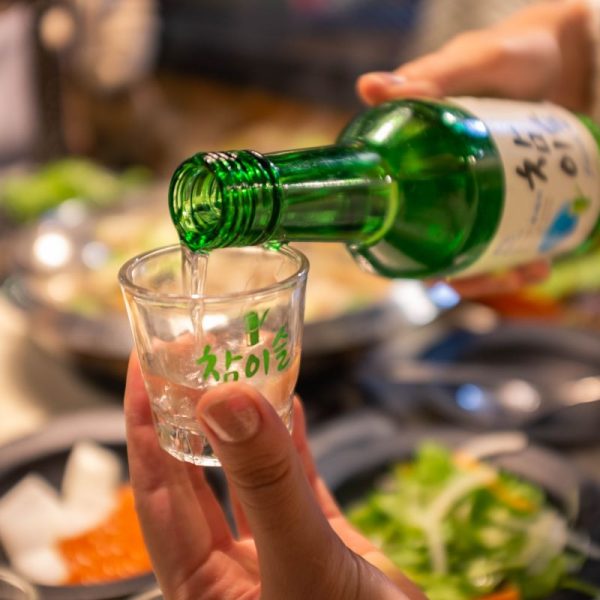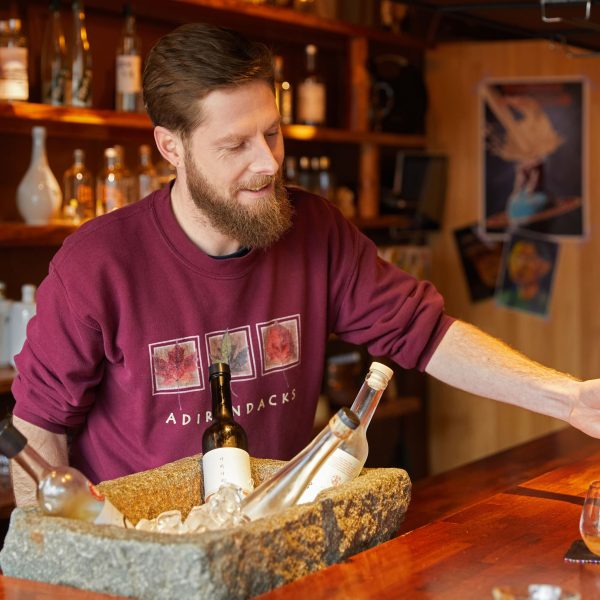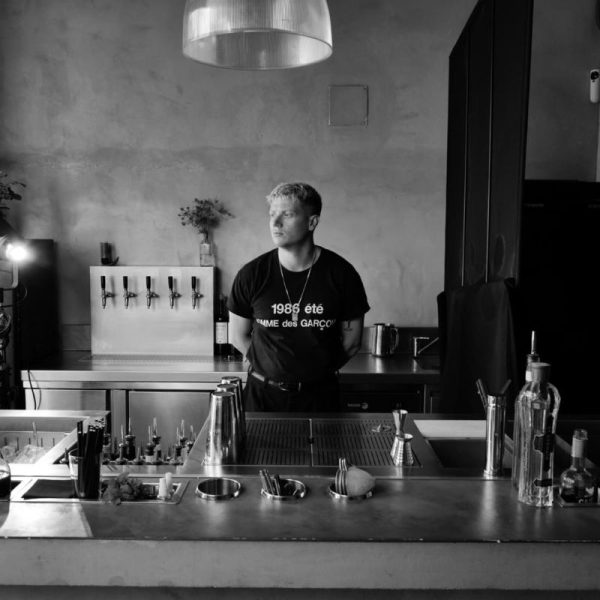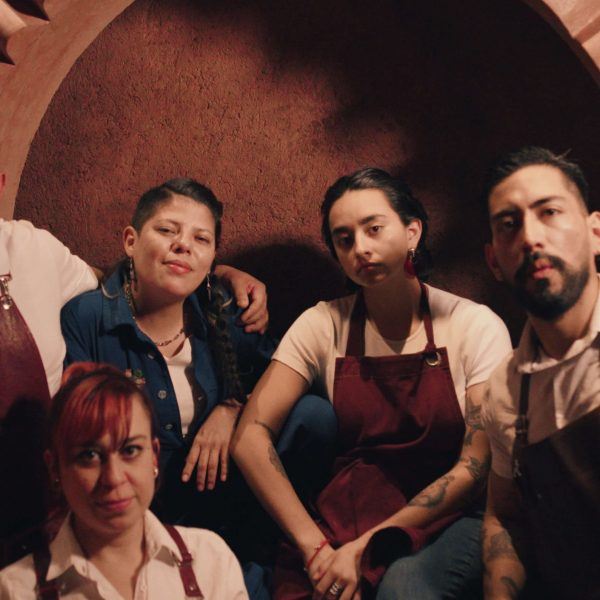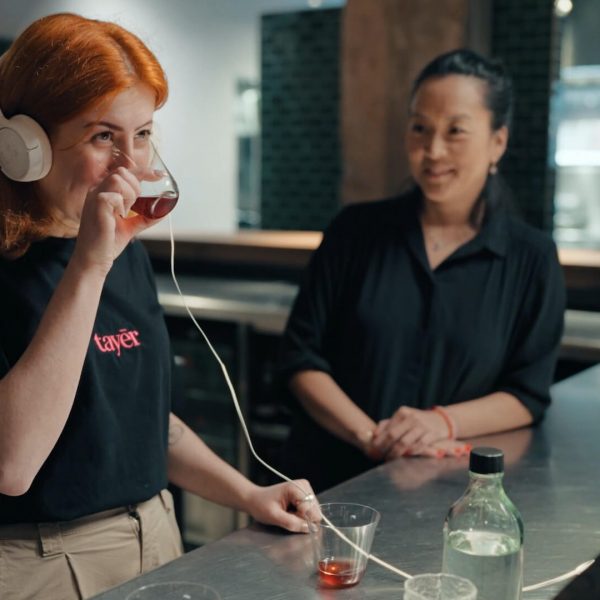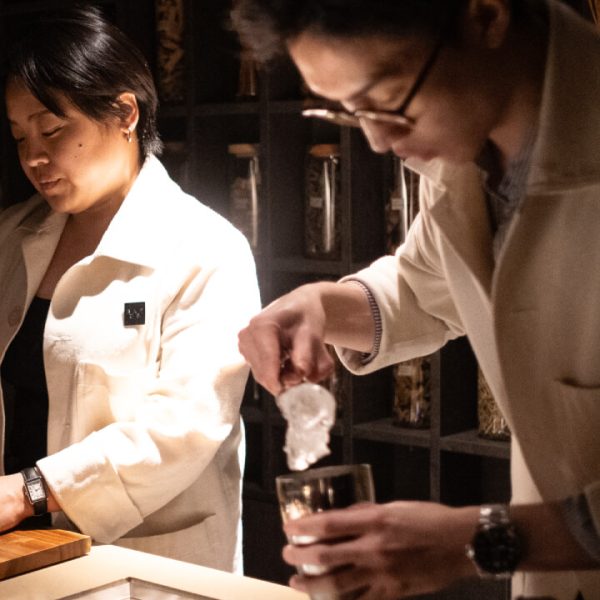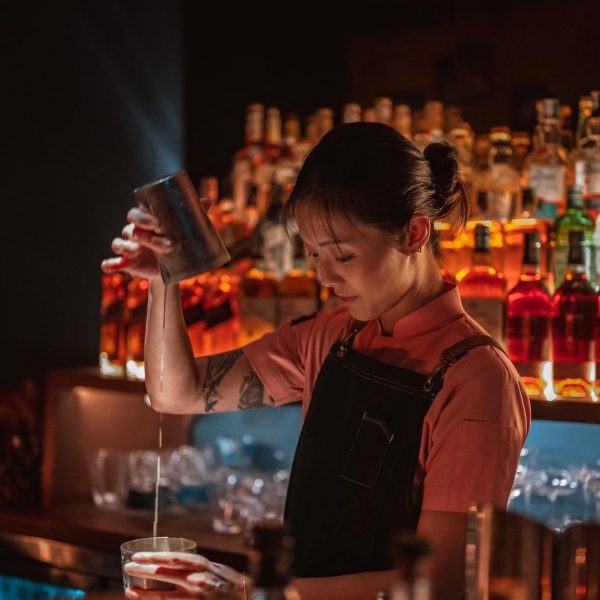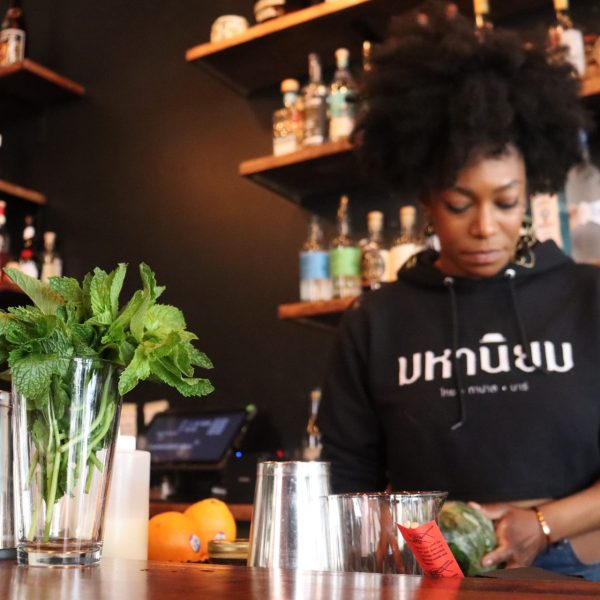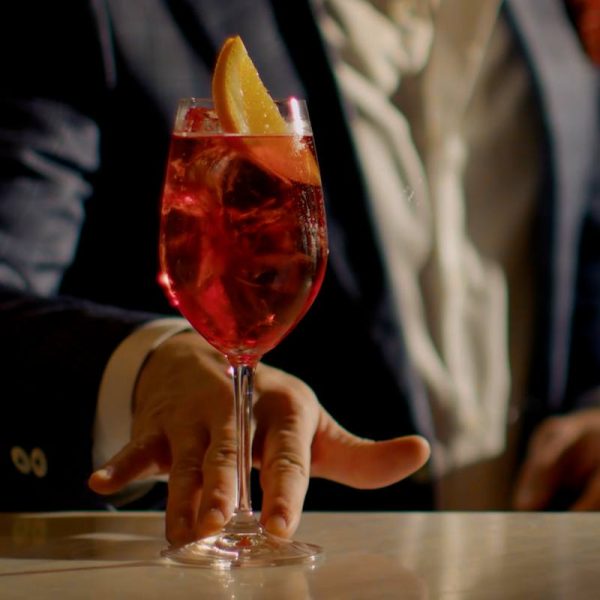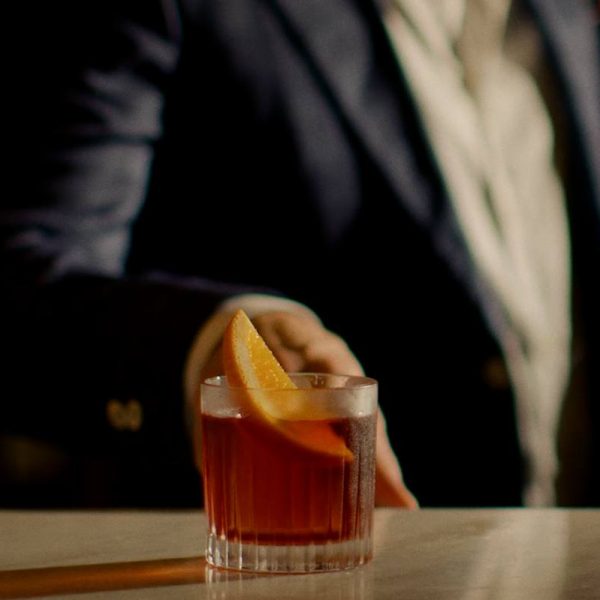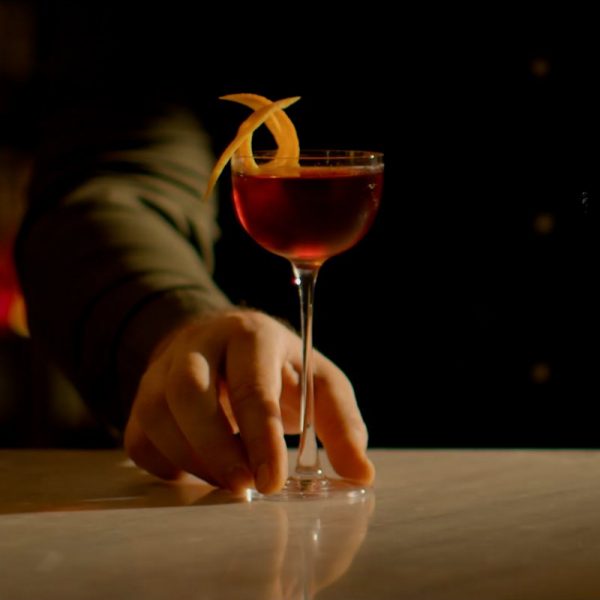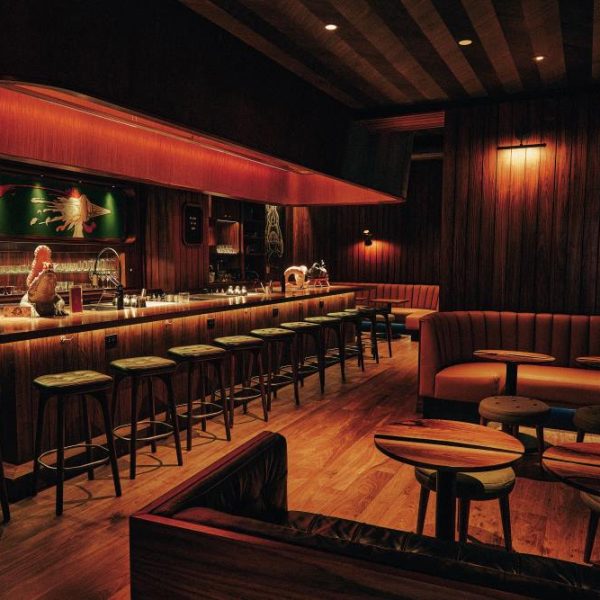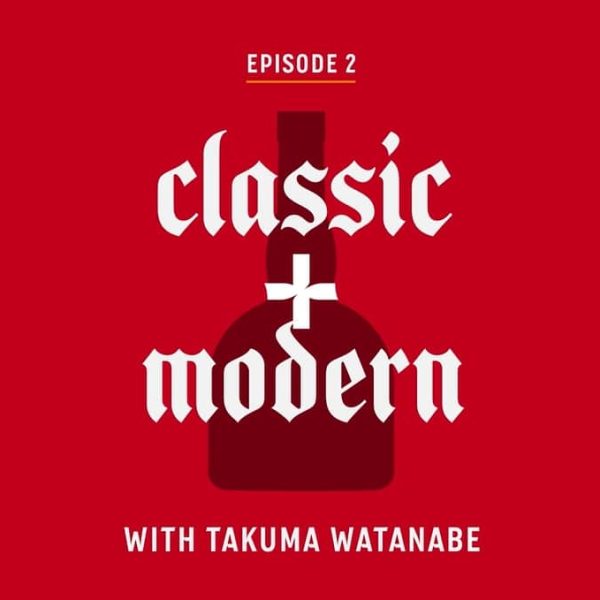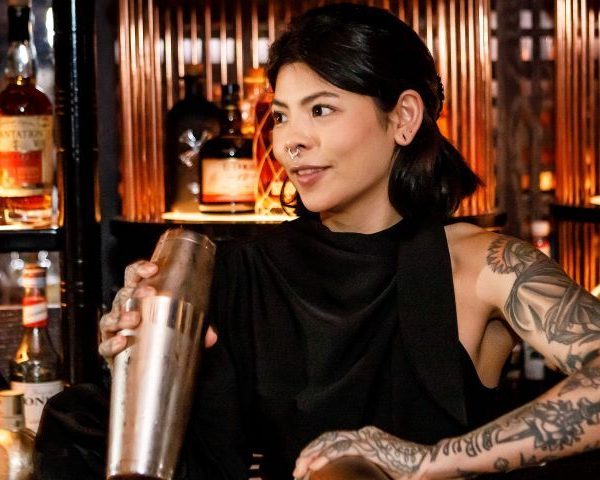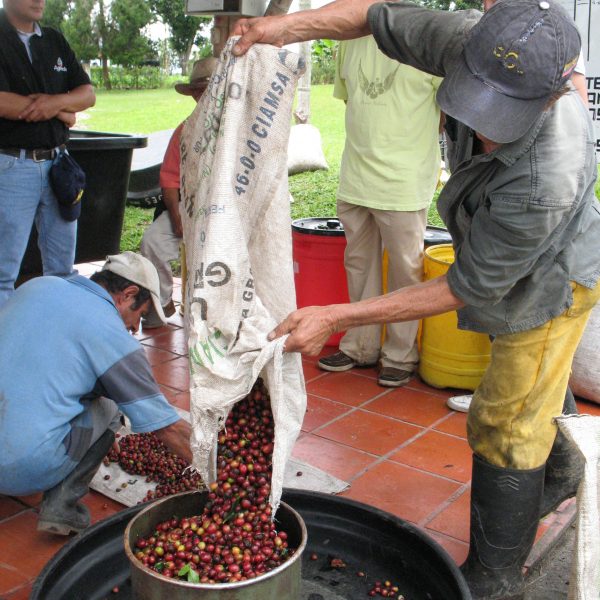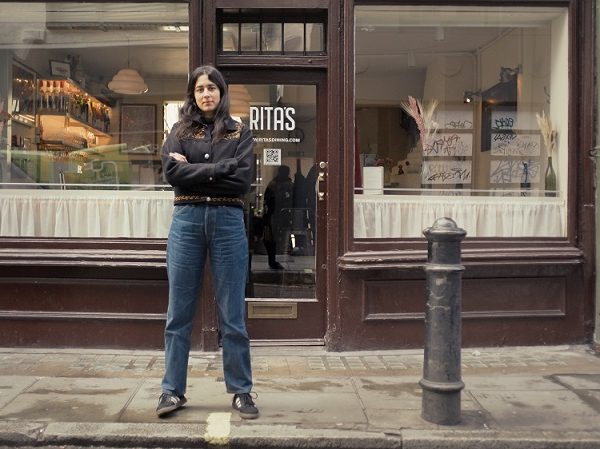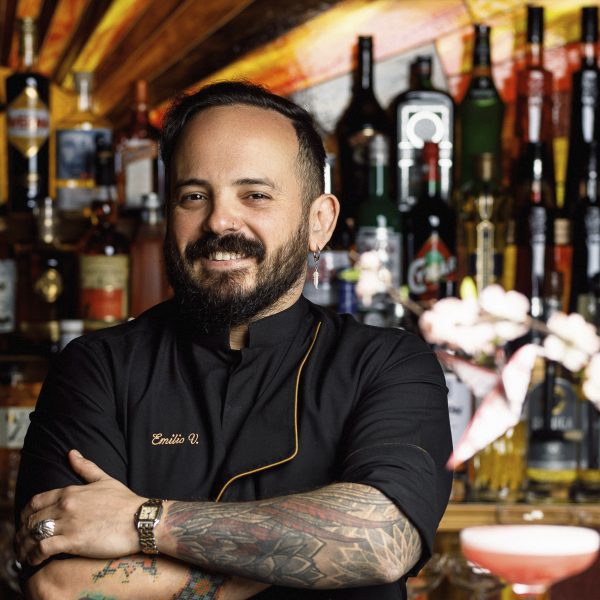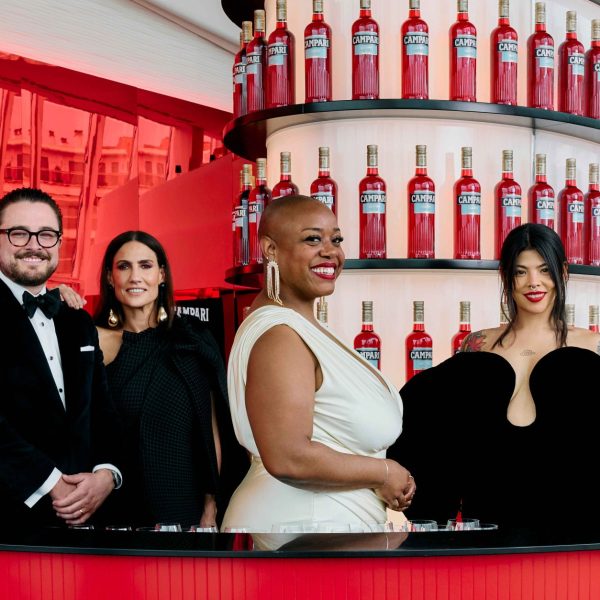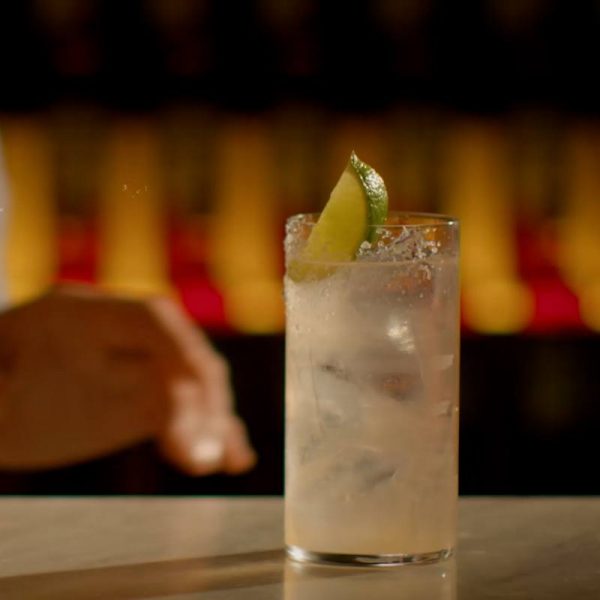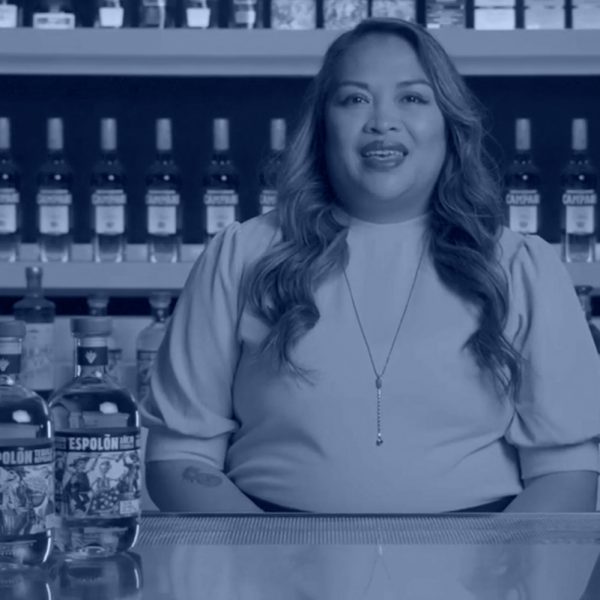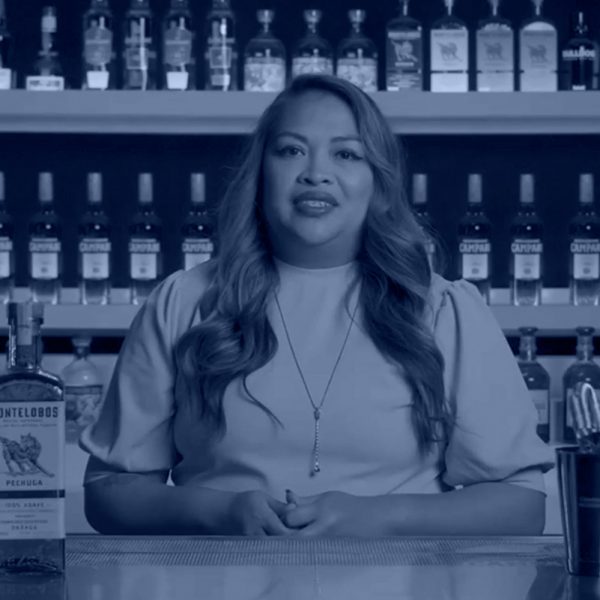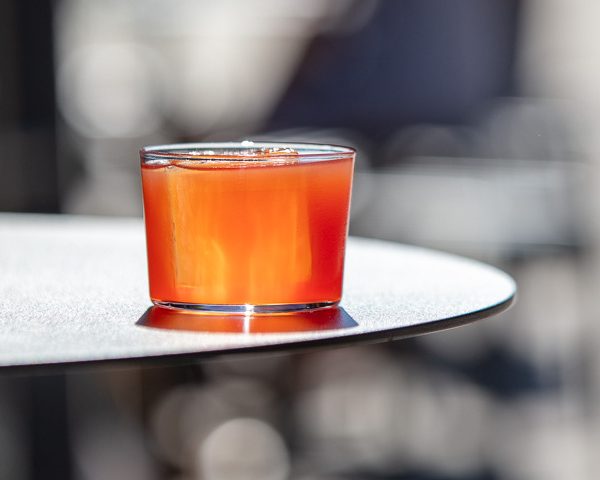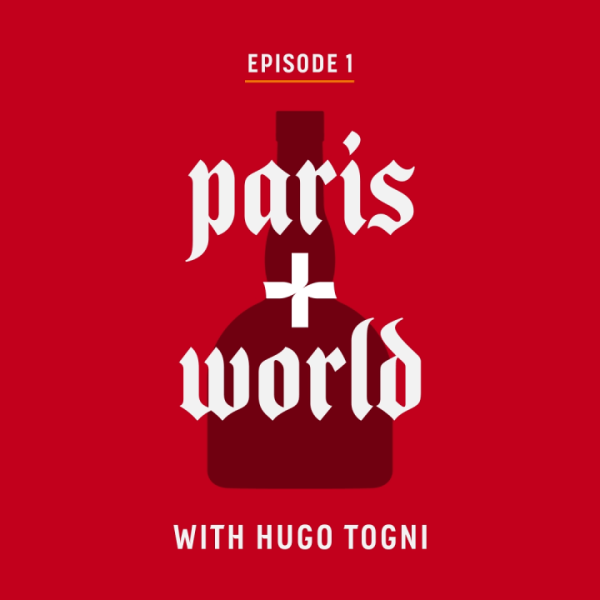Unlock the Agave spirits world

Tequila
Mexico has a rich history of spirits – the most famous of which – is Tequila. Tequila is produced from 100% Blue Weber agave – hand harvested at an average of 5 years. After harvesting, the agave piñas are roasted to convert the plant starches into fermentable sugars. The freshly cooked agaves are then pressed – traditionally with a Tahona stone – to extract the juice that will be fermented. During the 3 day fermentation process, sugars are transformed into alcohol using strains of yeast that affect body, flavour, and aroma. Following distillation – the heads and tails of the distillate are cut off to preserve only the best of the liquid – resulting in the final Tequila. There are three main styles of Tequila: • Blanco Tequila is designated as un-aged tequila and is recognisable by its crystal-clear appearance. • Reposado Tequila is rested for at least two months in American oak barrels – and can be identified by the resulting rich-golden hue. • Añejo Tequila must be aged at least 12 months in American oak barrels – which imbue the spirit with a bright, reddish-gold hue. Tequila is enjoyed around the world – either on its own – or as the base ingredient to the most popular cocktail in modern history – the Margarita.
Mezcal
Mezcal is the only spirit on the planet that is born aged – as producers must wait years to harvest the raw material. Agave are hand harvested for Mezcal – and are commonly cooked in a traditional ground pit – in order to convert starches to fermentable sugars. Once the Agave is cooked – it must be crushed to extract the juice for fermentation – using methods ranging from hand mortar crushing to mechanical shredders. Fermentation vessels come in various sizes and materials – such as Pinewood or Oak vats – that impact the final taste of the product. The fermented wash is loaded – then heated with wood, gas or steam to start the evaporation process. A product is usually distilled twice in both pot and column still distillation processes. Additional processes that impact flavour may be employed during or after production. Processes such as barrel ageing – commonly used with Tequila – or adding fruits and herbs using a maceration technique – like with Pechuga style mezcal. The final result is that no two mezcals are the same. Each sip is a unique experience that honours the diverse varieties of agave – the traditions of the region – and the flavour of each place.
The Margarita Cocktail
Be it shaken, blended, frozen, fruity, bitter, or spicy – the Margarita is one of the most beloved cocktails around the world. The history of the Margarita has long been debated, and many people have laid claim to inventing the drink. The Margarita is a sour – a pre-Prohibition family of drinks made with strong, sweet, and sour elements. More specifically, it’s a daisy, which is a sour sweetened with a liqueur. During the U.S. Prohibition, people flocked to bars in Mexico to legally drink. It was only a matter of time before everyone was drinking and mixing with the local spirit, tequila, and the readily available fresh lime juice. While we can’t definitively say who first combined tequila, lime, and orange liqueur in a salt-rimmed glass, we do know that the popular daisy must have been ordered often by its Spanish name, Margarita. The Margarita has continued to evolve over the decades, with countless bars and bartenders developing their own creations. In the 1960s, the Blended Margarita grew in popularity – and in 1971 the newly invented frozen drink machine-made frozen service quick and easy. In the 1980s, bartenders in Texas began adding Grand Marnier to their Margaritas – either floated on top or served on the side, and called it the Cadillac or Top Shelf Margarita. Today we call it the Grand Margarita – A signature serve. The Margarita is the perfect canvas for innovation and experimentation, with the use of many base spirits, modifiers – as well as your own creativity – the possibilities are endless!

